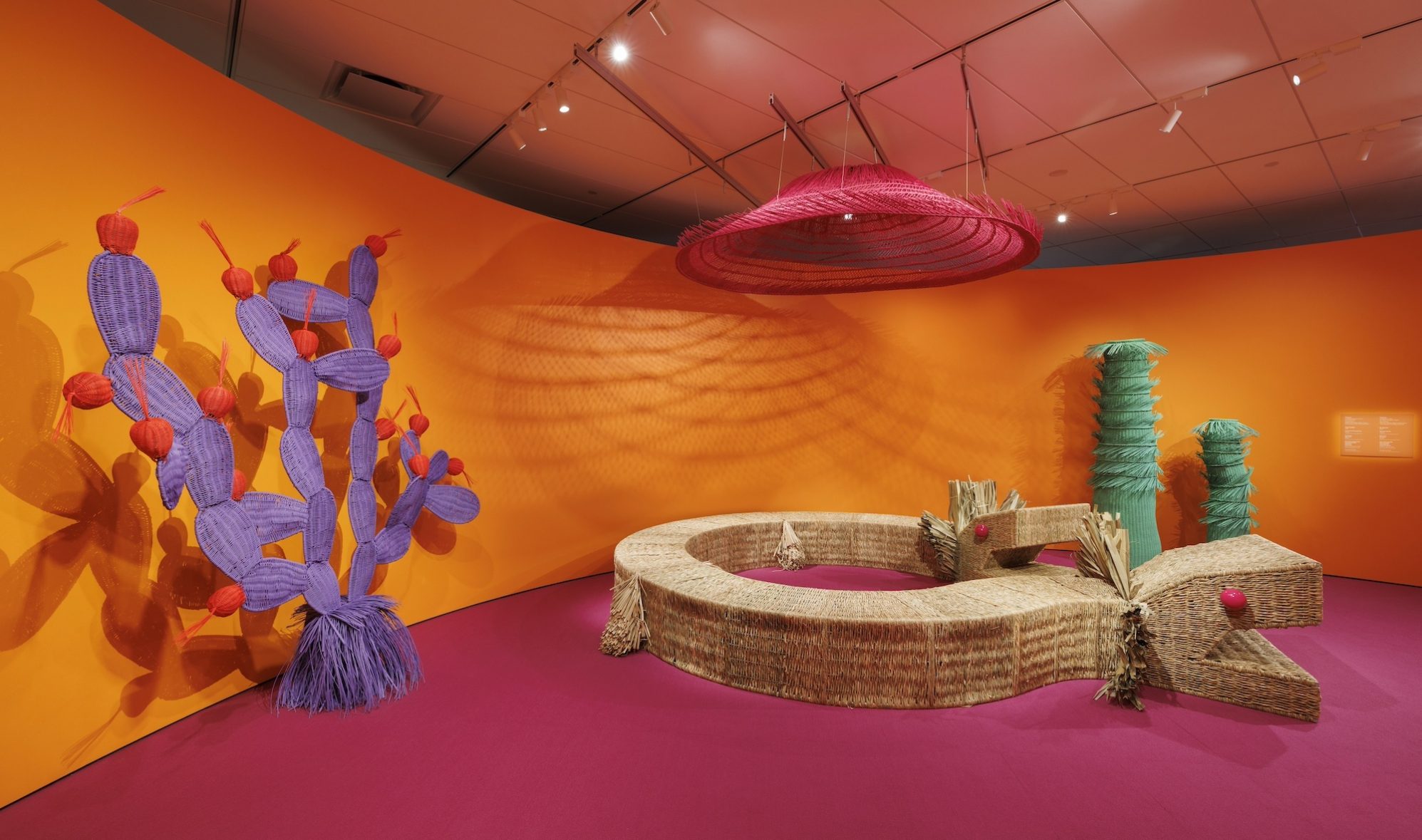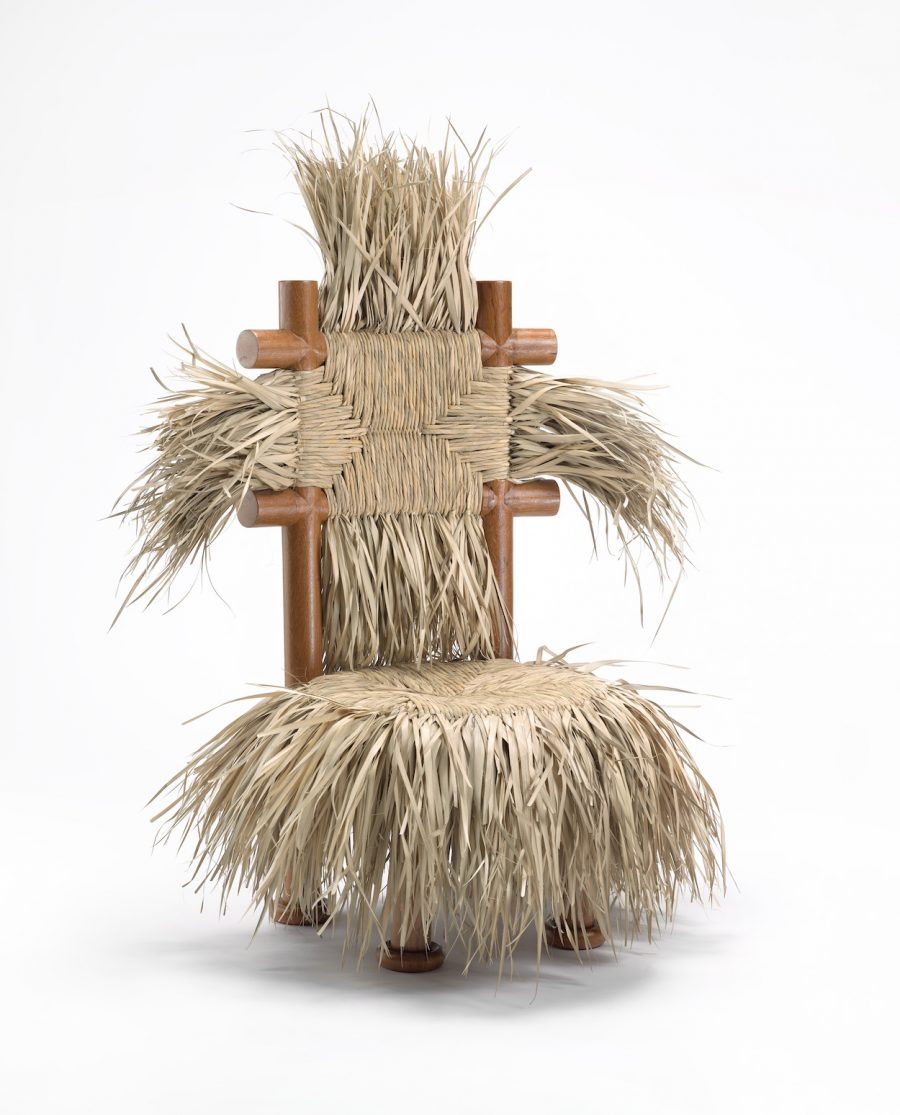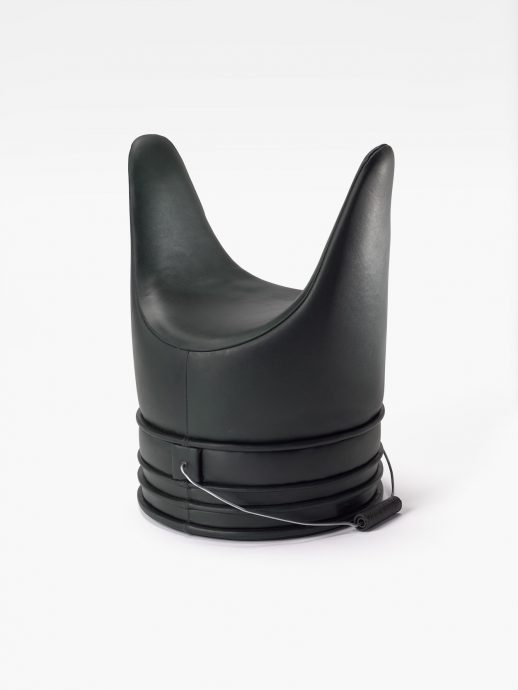The chair is where form and function meet. But just because the story of contemporary design can be told through the seat—from, say, the WC1 to the Ghost to the Roly-Poly—doesn’t mean it’s only a contemporary story. Or an American one. The Denver Art Museum’s new exhibition “Have a Seat: Mexican Chair Design Today,” despite its title, both looks back to the intersection of European colonialism on Mexican and Indigenous chairs and looks ahead to the Mexican designers who are challenging and changing the way we sit now. The show tracks the way ancient backless seating became the modern stool, the international travel of the butaque lounge, and how Mexican artists and designers are interpreting European styles today, all while gathering fine examples from the museum’s permanent collection, including work by Andrés Lhima, Cecilia Léon de la Barra, Bárbara Sánchez-Kane, and many others. Mexican artist Daniel Valero pulls up a chair with his “Immersive Gallery,” in which he joins traditional materials and artisanal techniques with an eye on the future.
The Past, Present, and Future of Mexican Chair Design
The Denver Art Museum shines a spotlight on the Mexican designers who are challenging and changing the way we sit.
BY JESSE DORRIS March 08, 2024
“Have a Seat” at the Denver Art Museum. Image courtesy of the Denver Art Museum
…
 6
6
DESIGN
“Have a Seat”
…
“Have a Seat”
Palapa Chair (2022) by Esteban Caicedo Cortes

“Have a Seat”
Bangladeshi Stool (2003) by Cecilia Leon de la Barra

“Have a Seat”
Body Fillers and Plastified Diet (2022) by Bárbara Sánchez Kane

“Have a Seat”
Tambor Lava (2022) by Habitacion 116

“Have a Seat”
Fidencio Sillón (2011) by Andrés Lhima

“Have a Seat”
Milo Chair (2022) by Javier Reynaga

